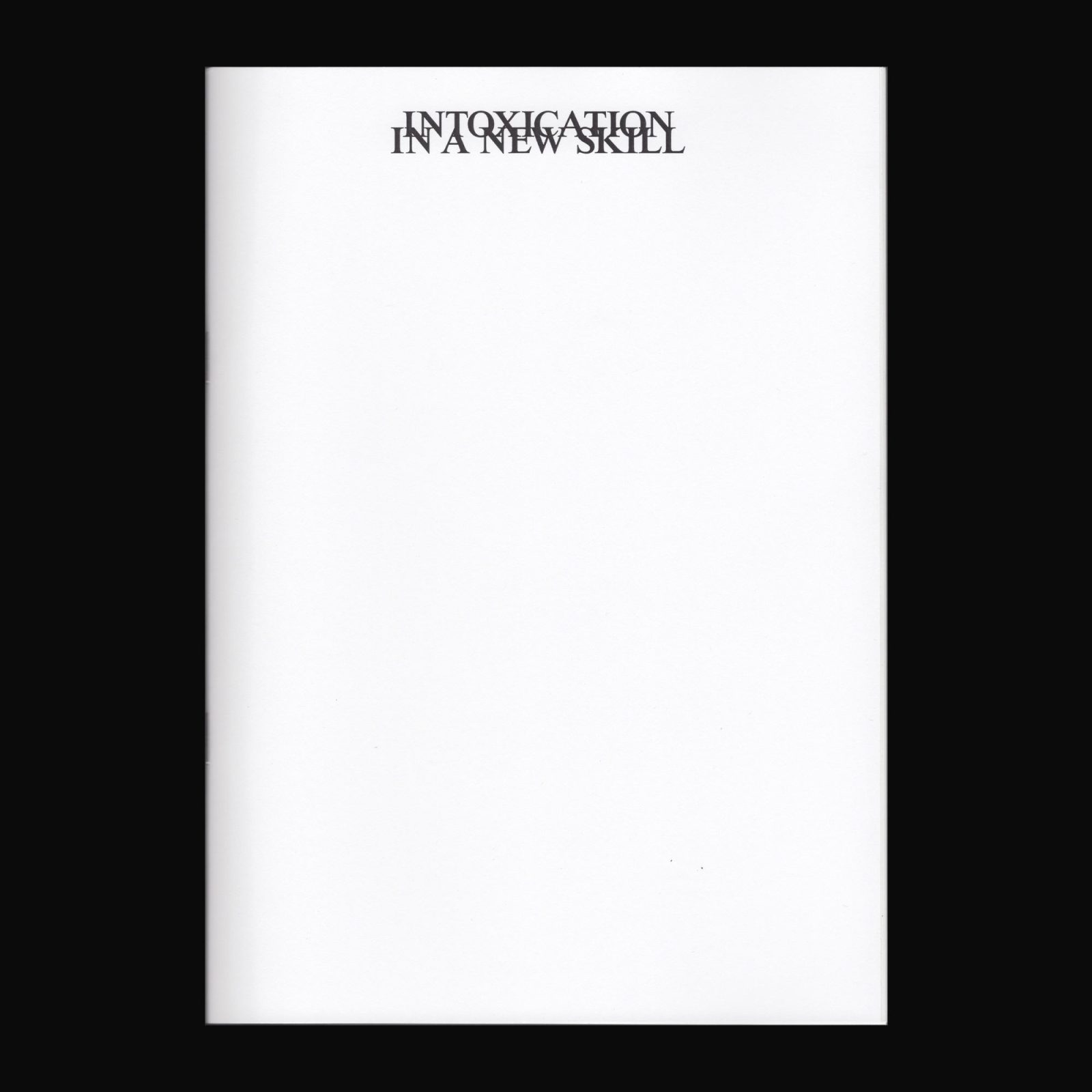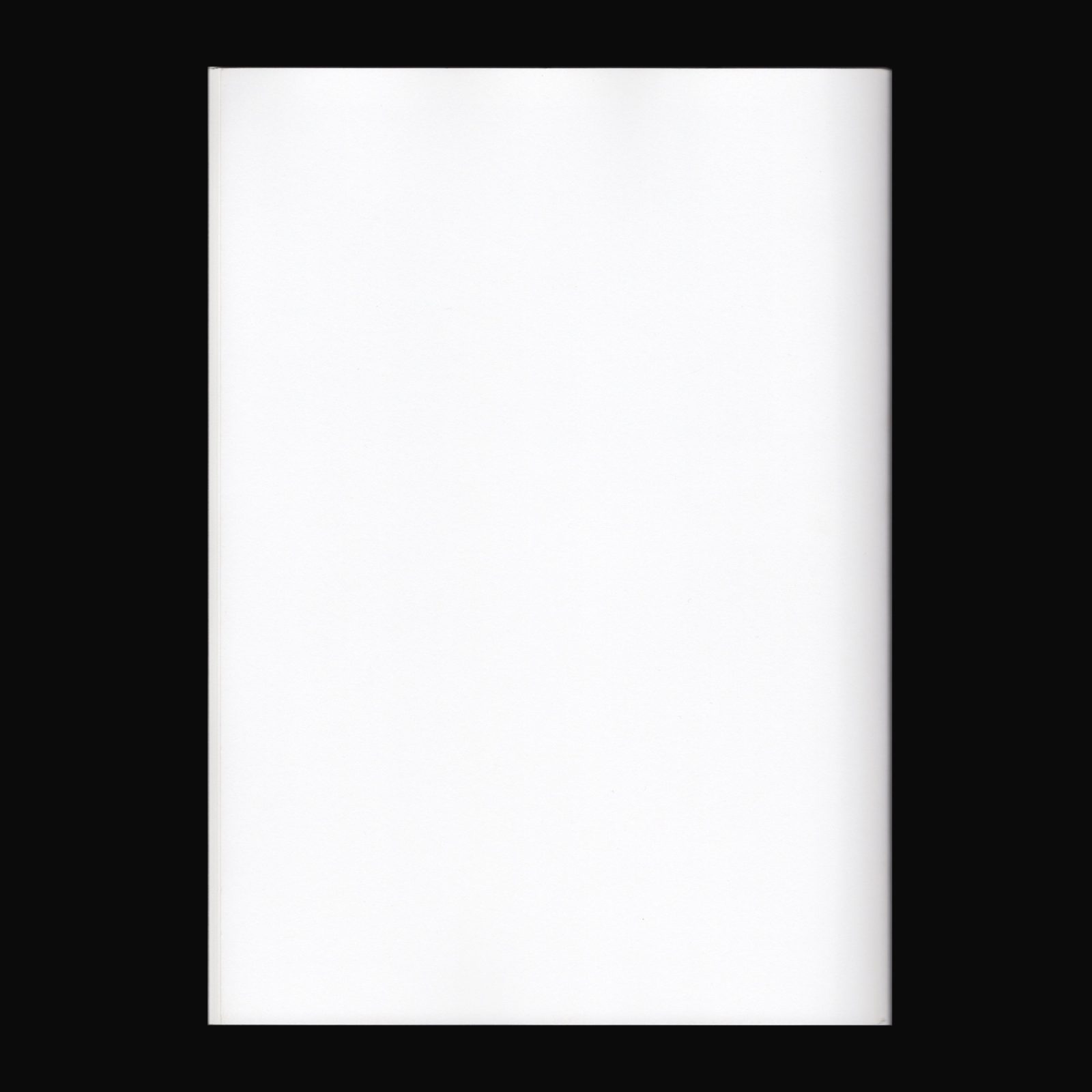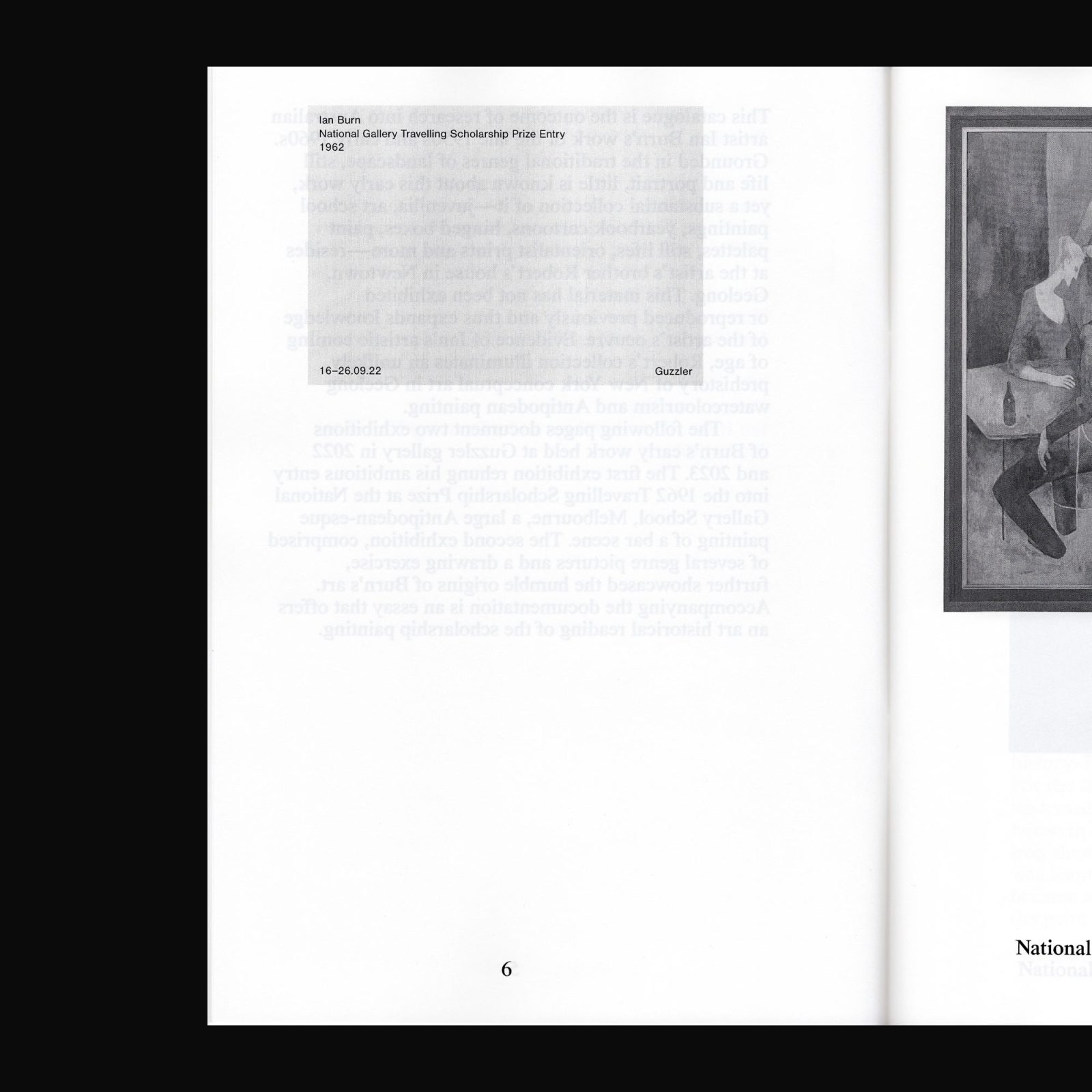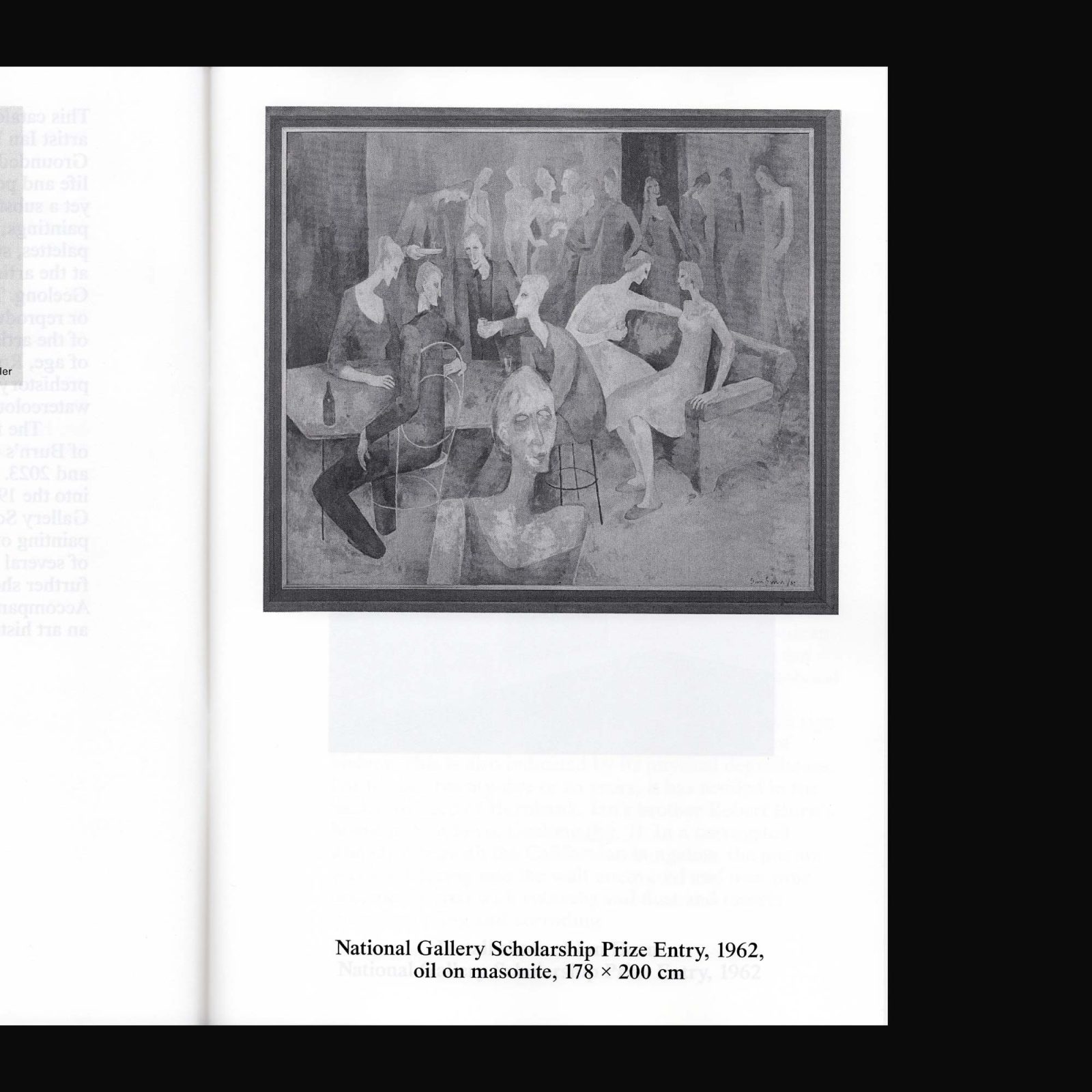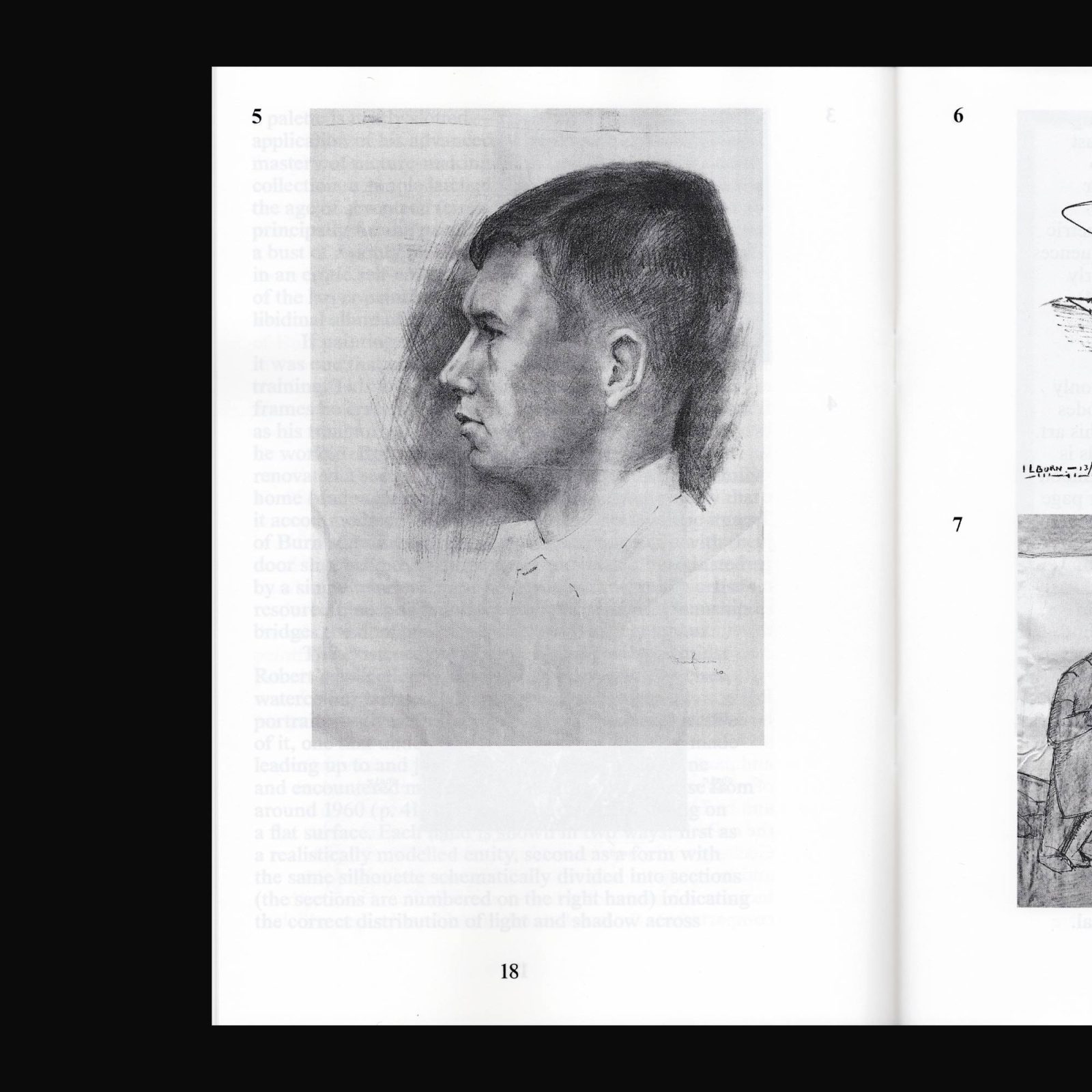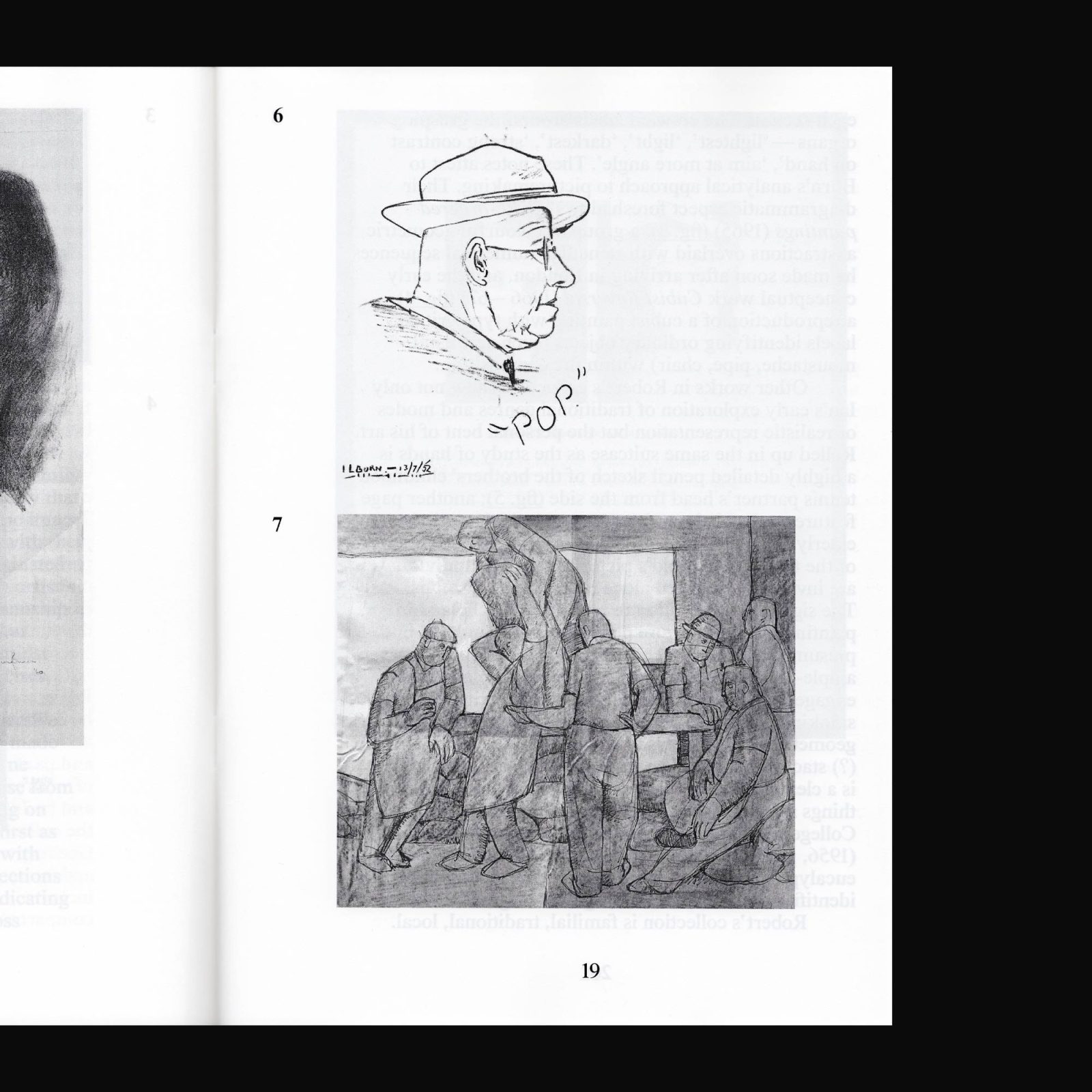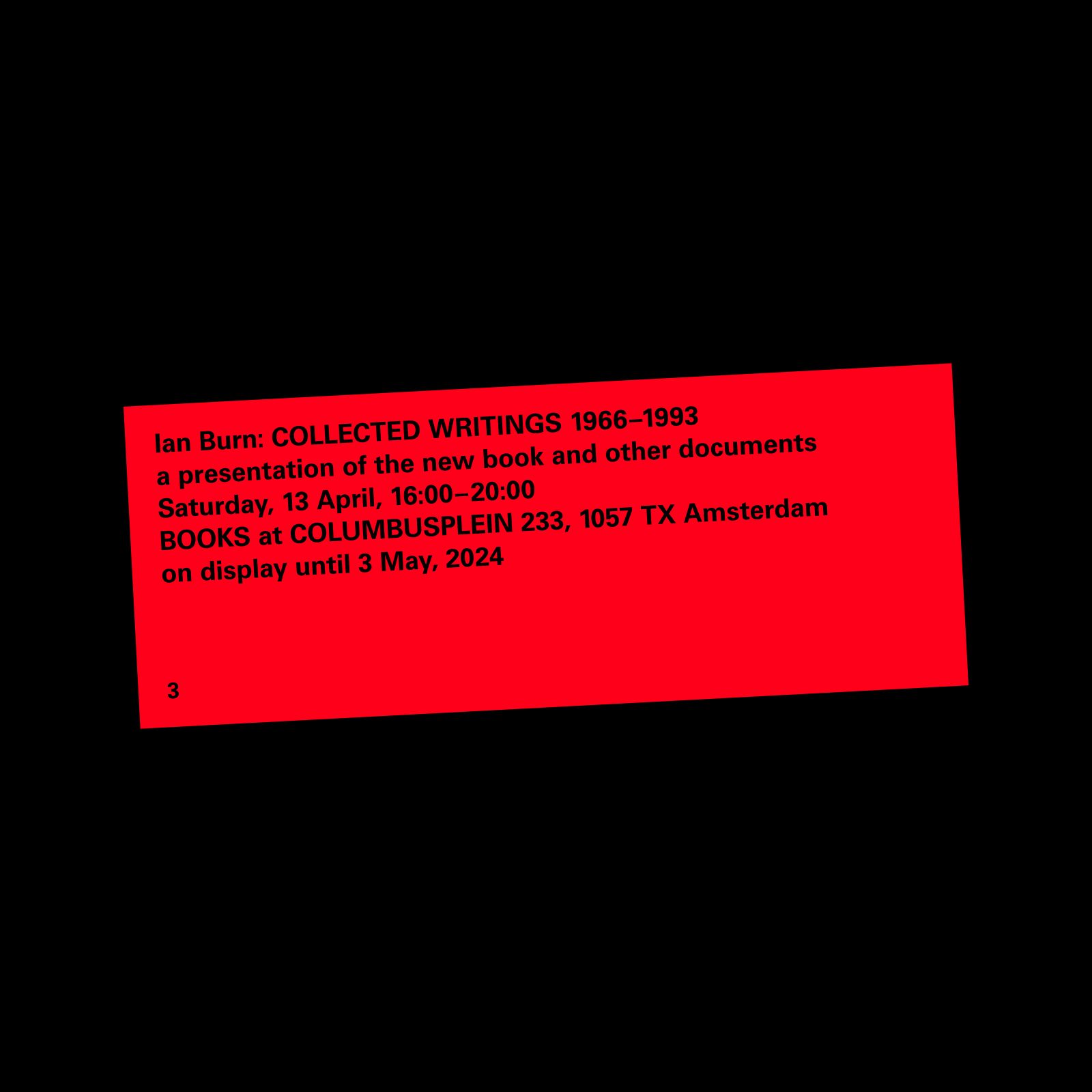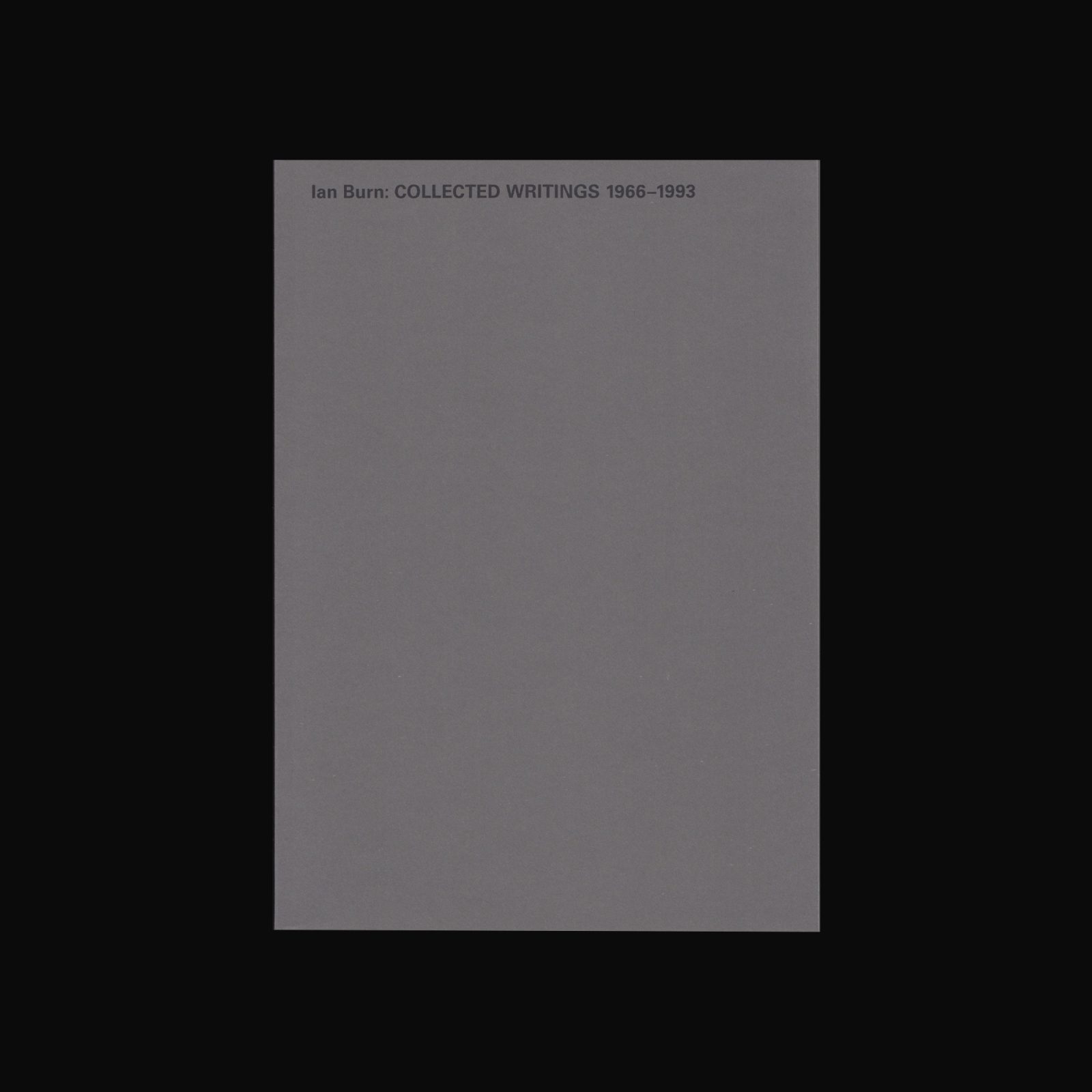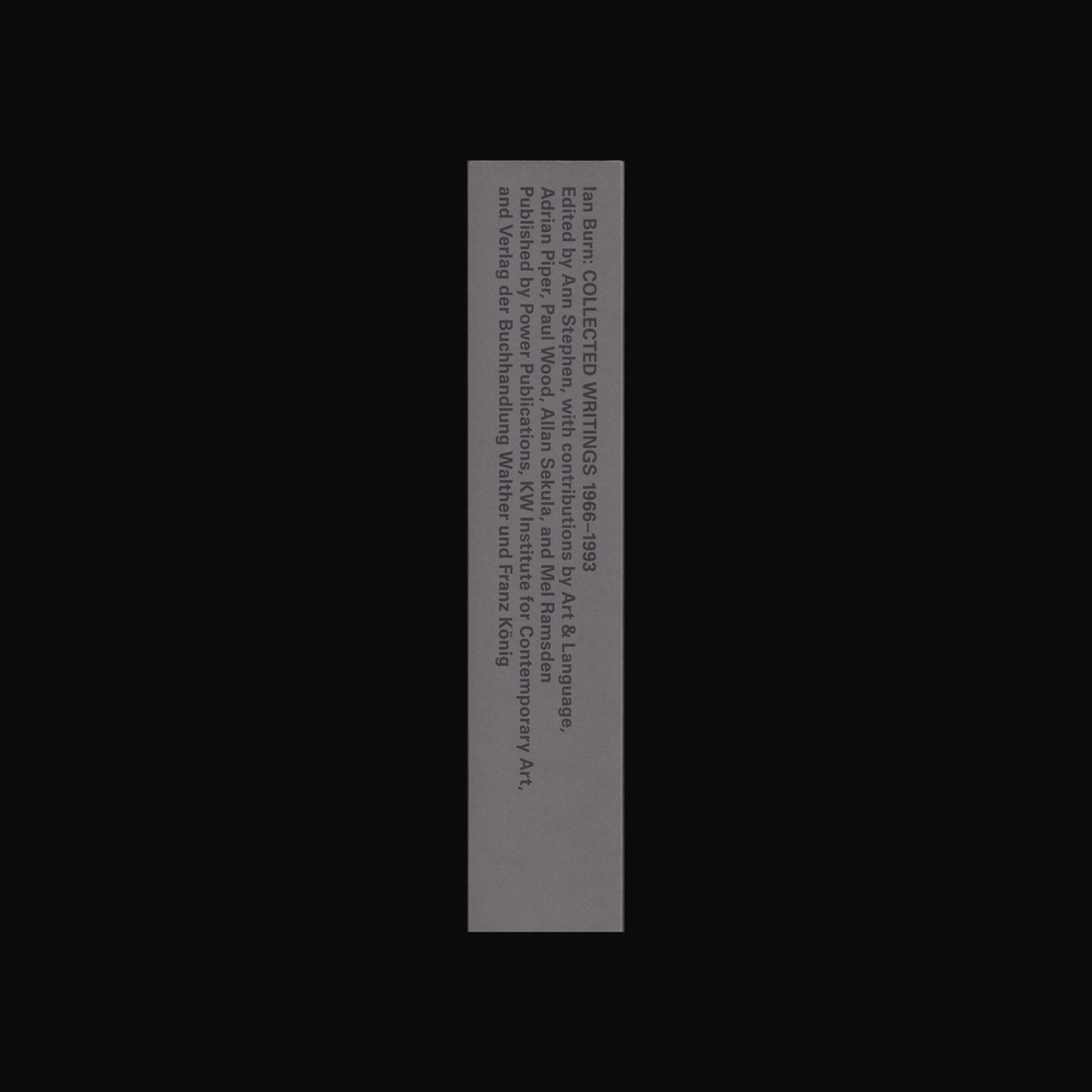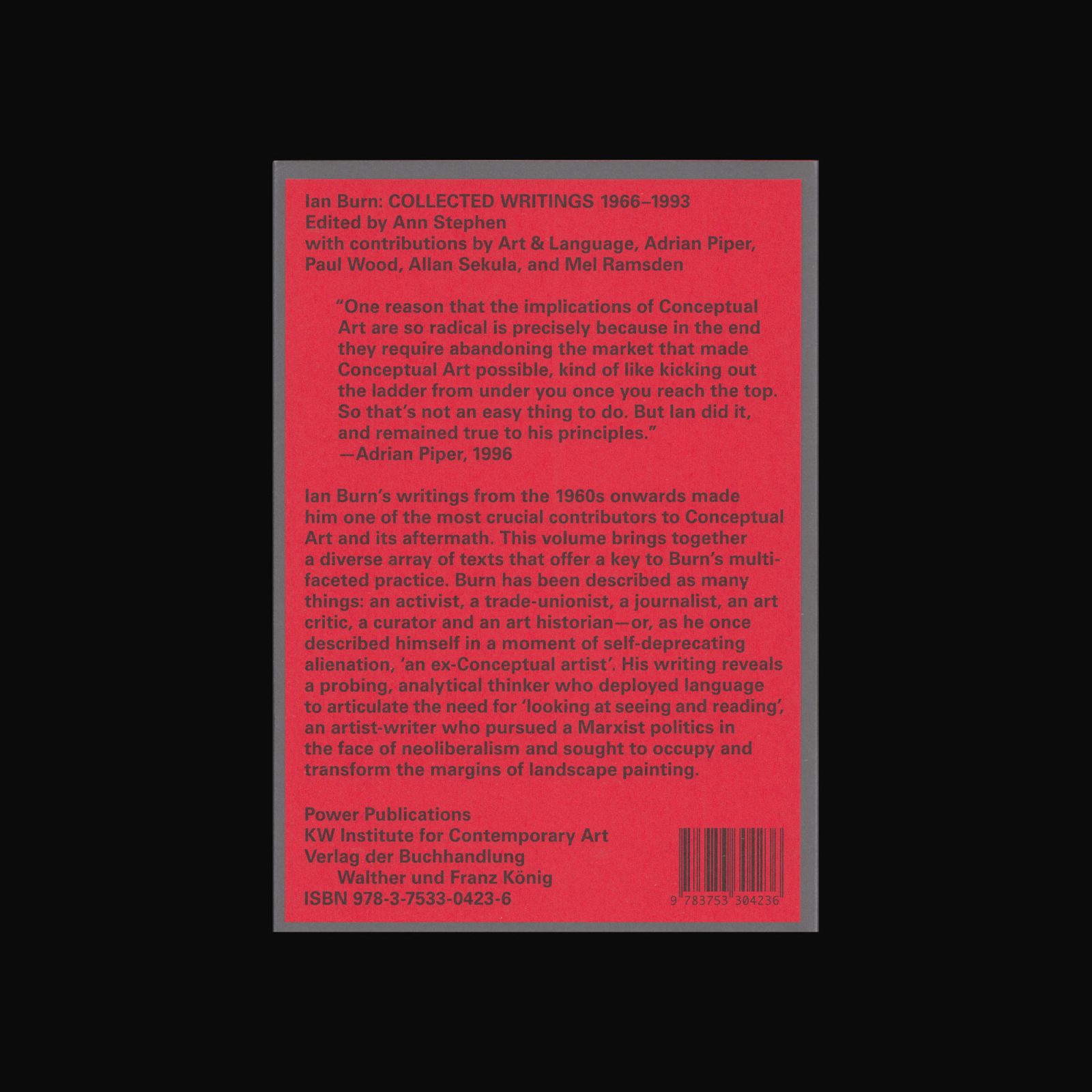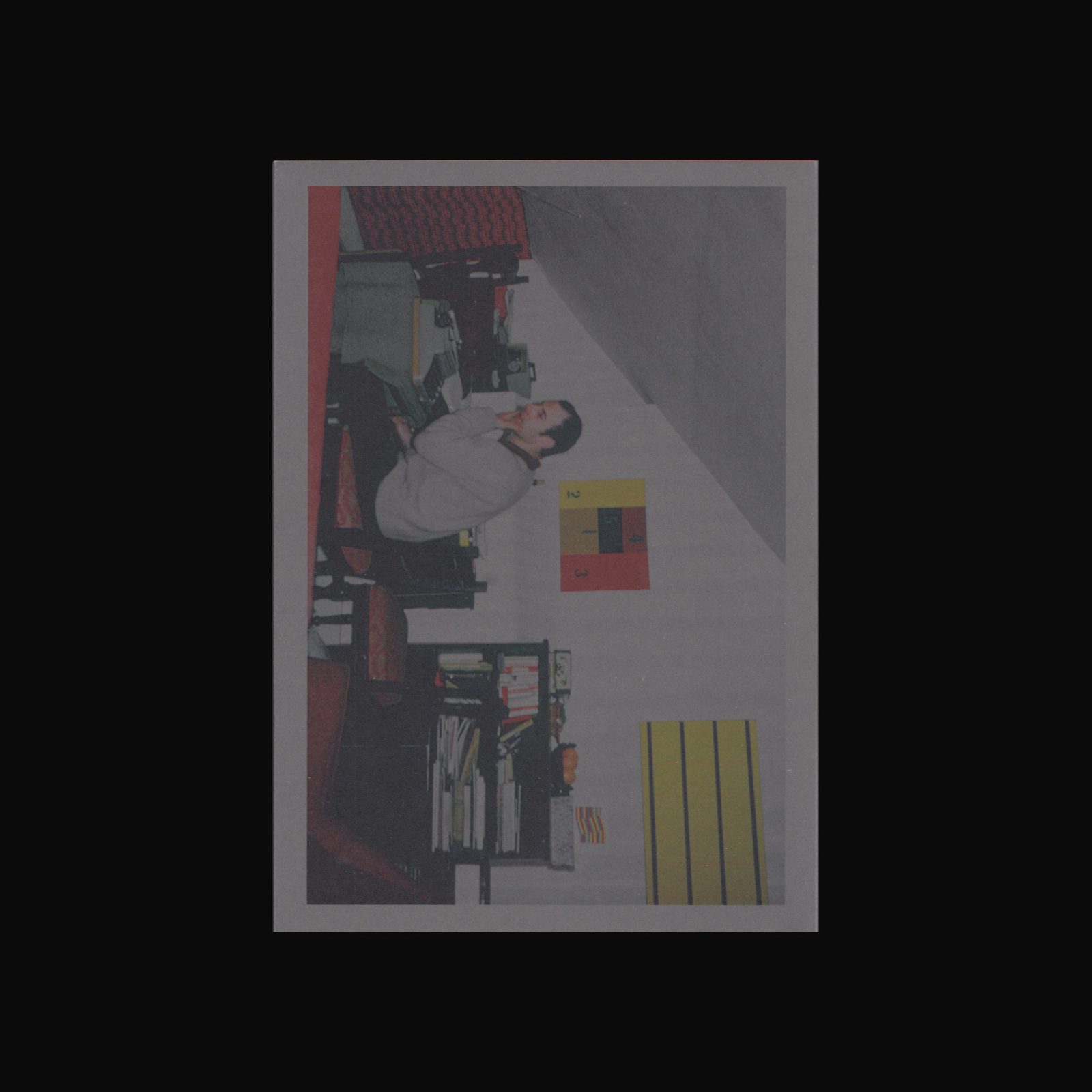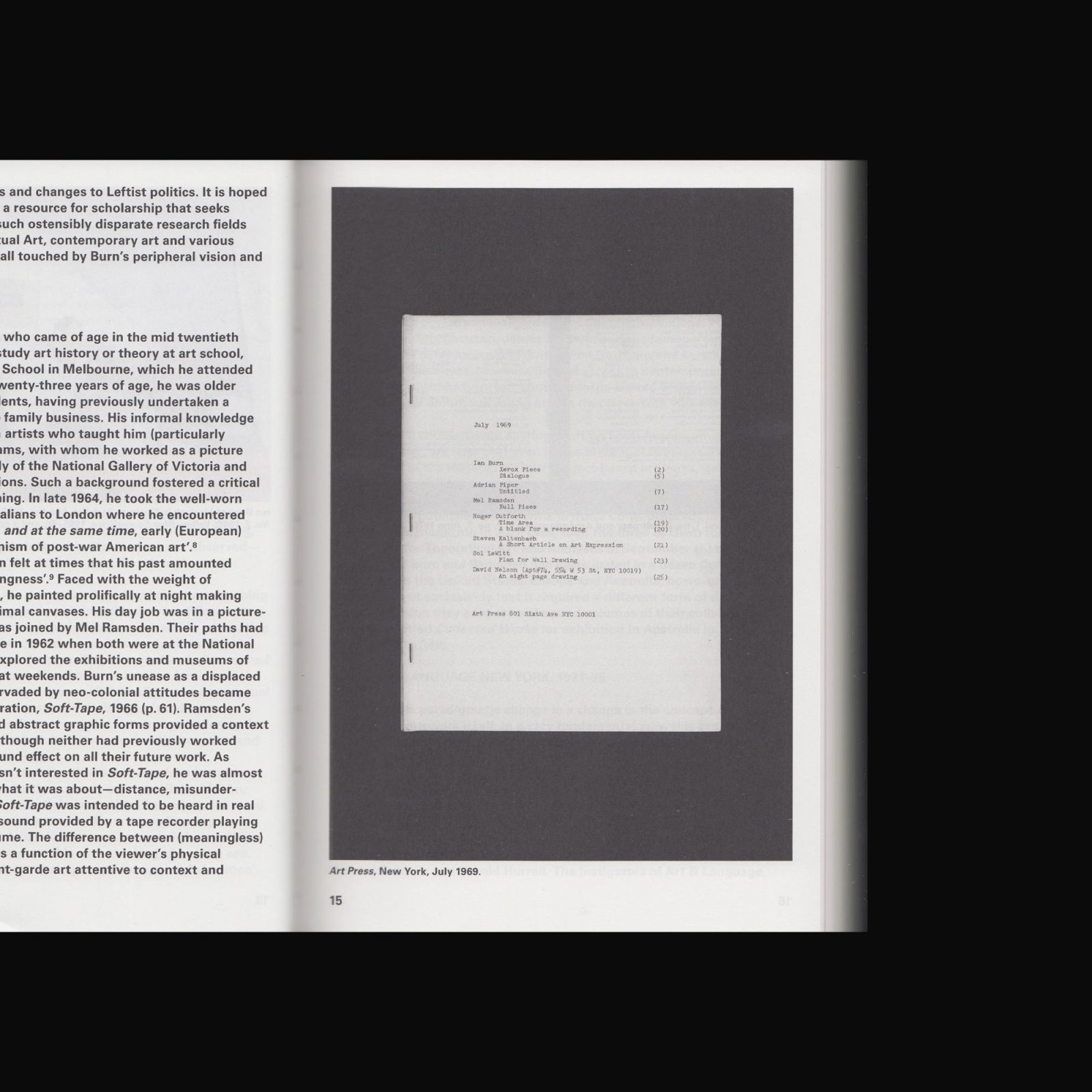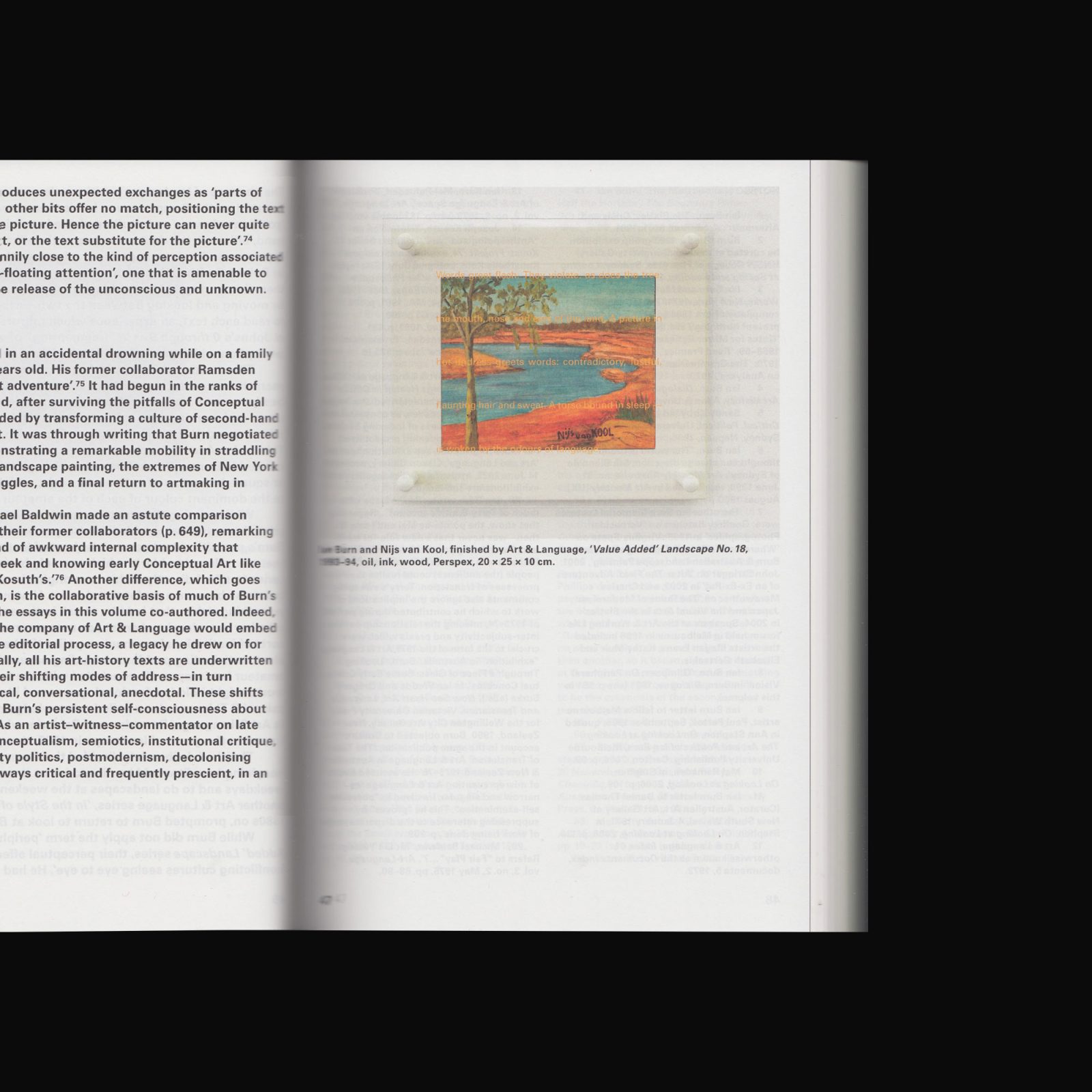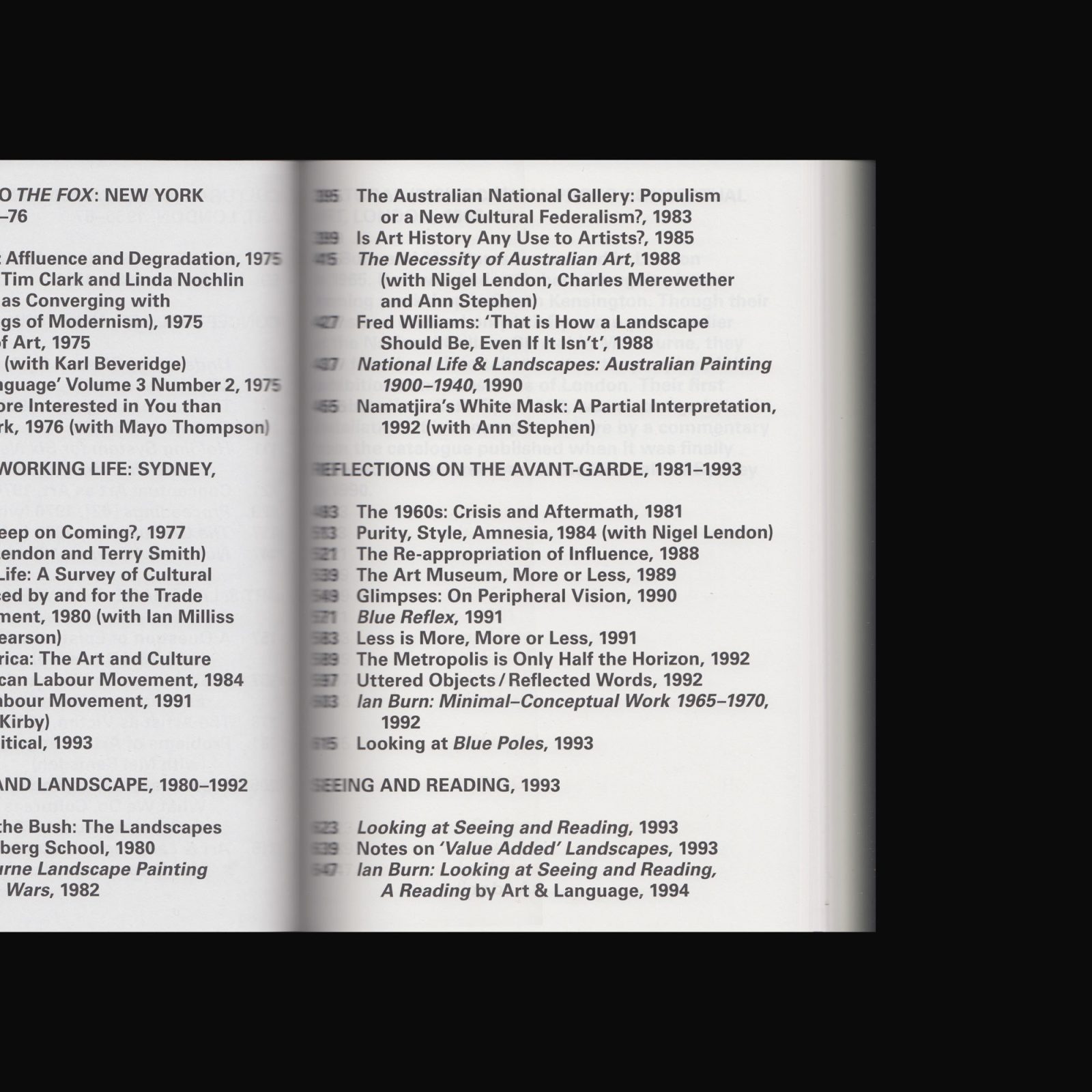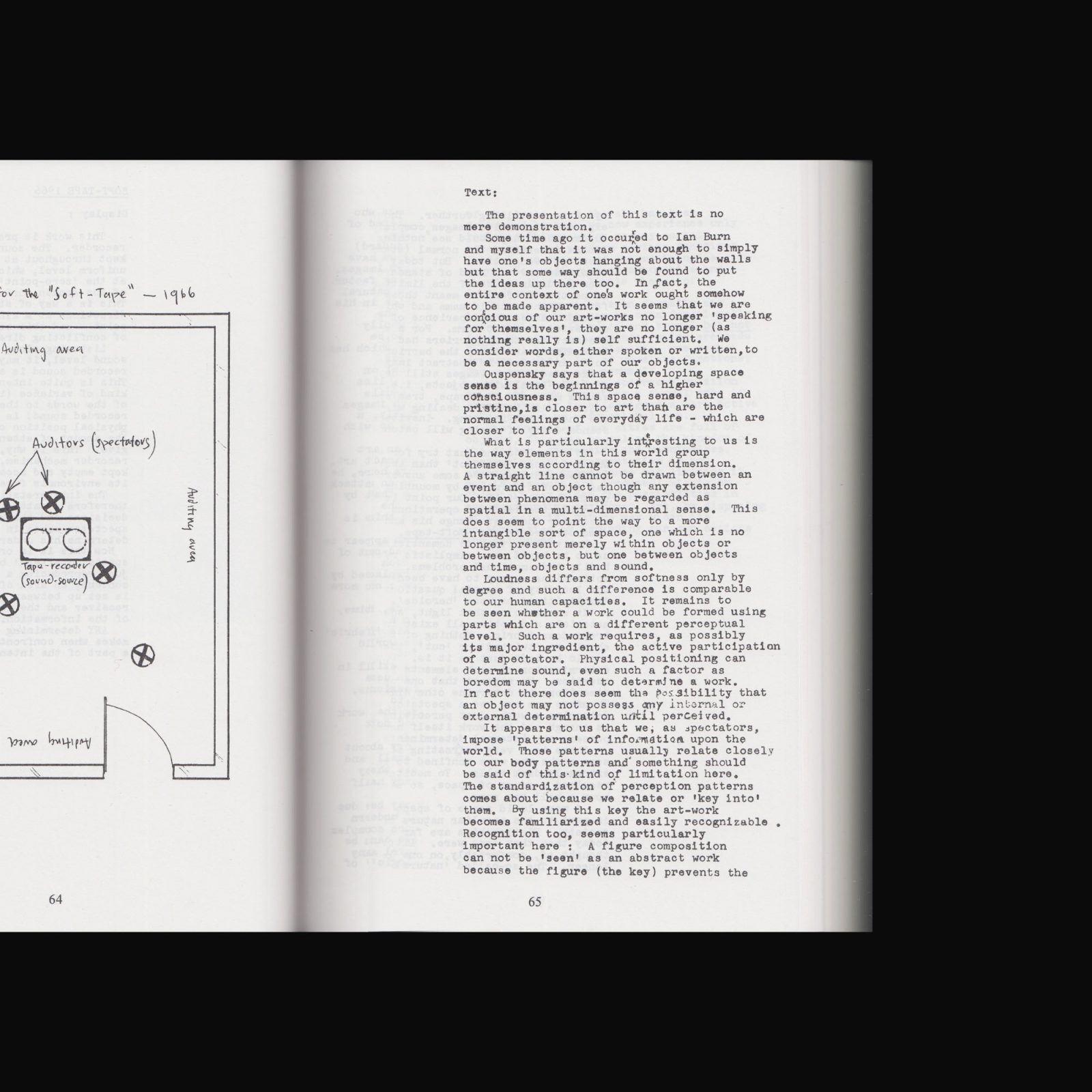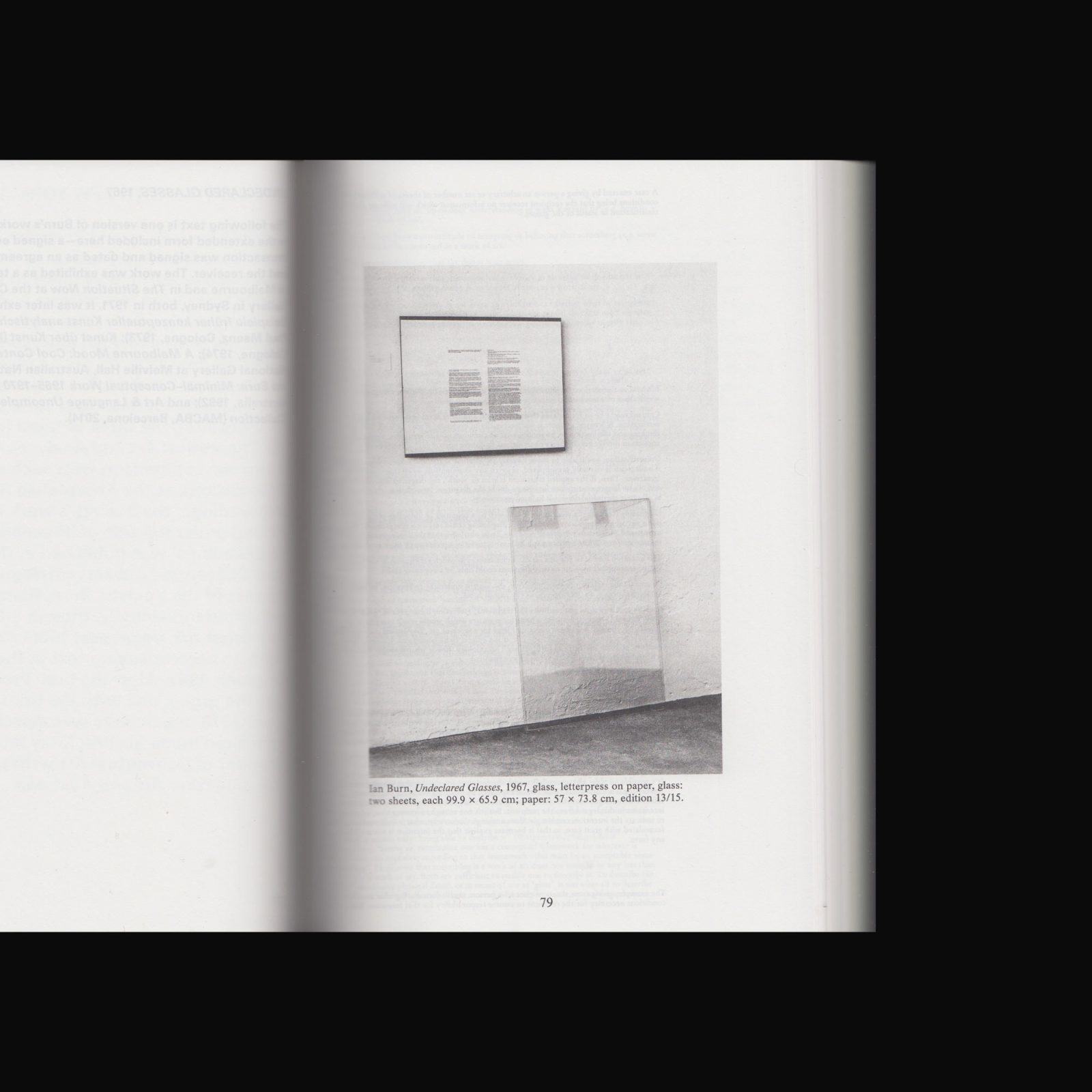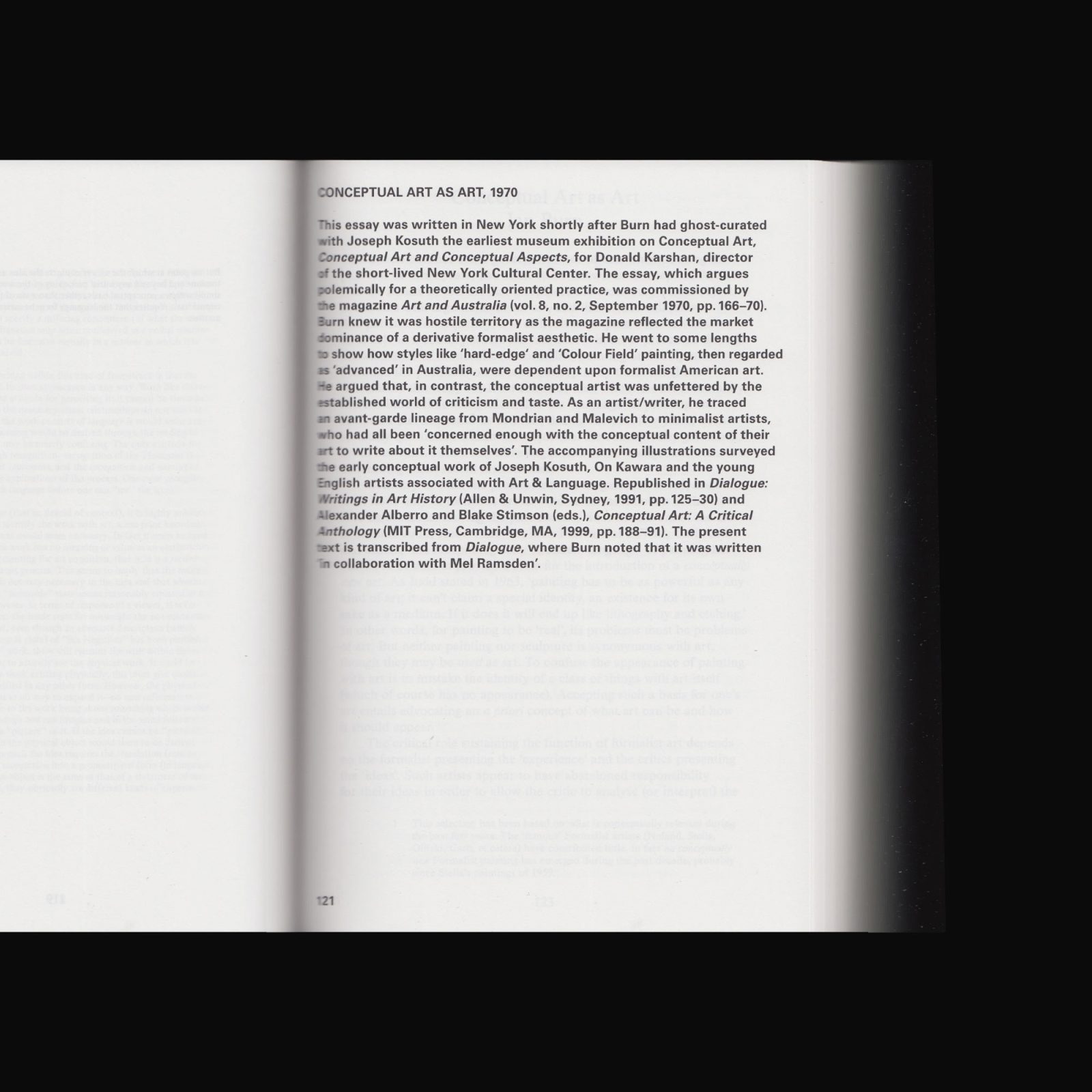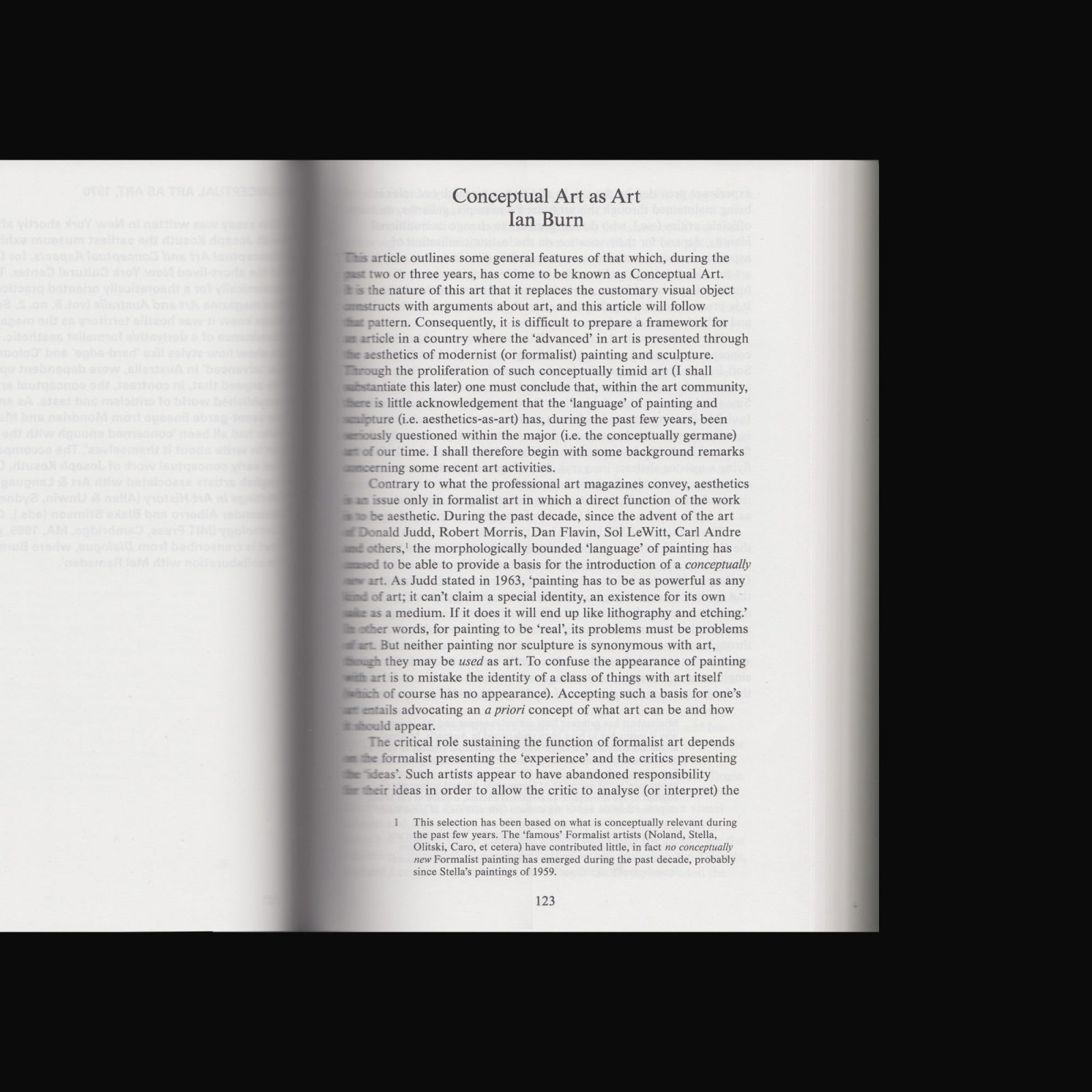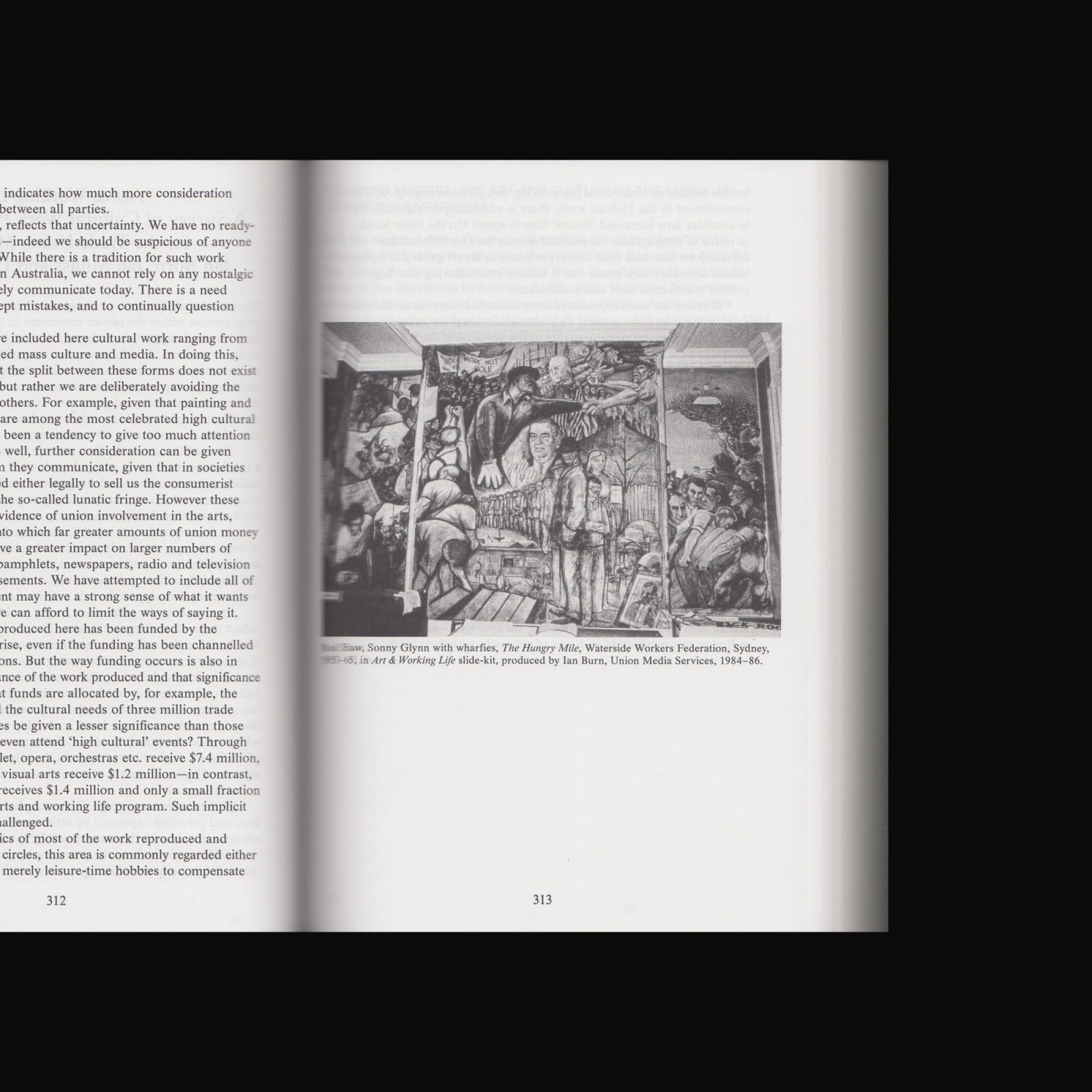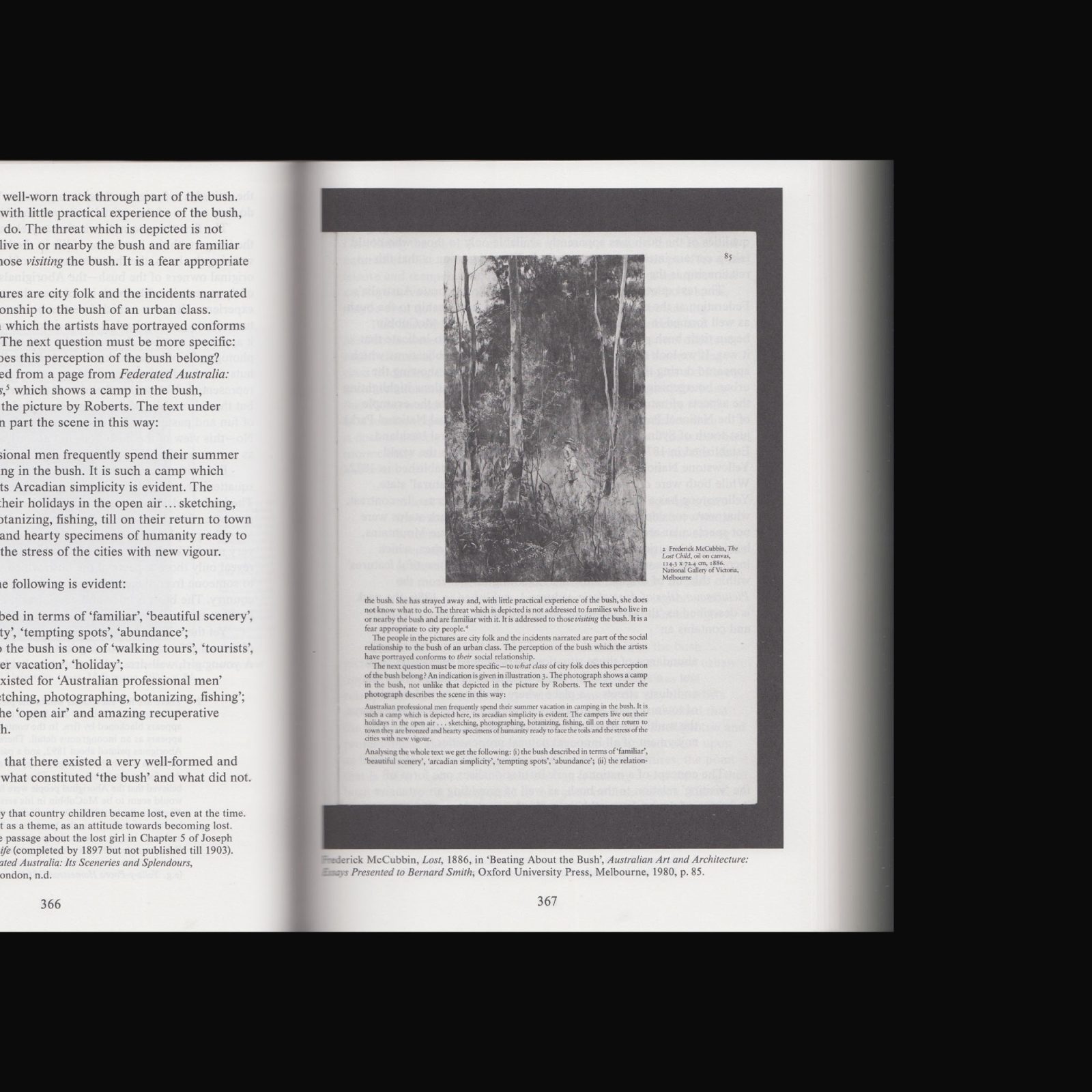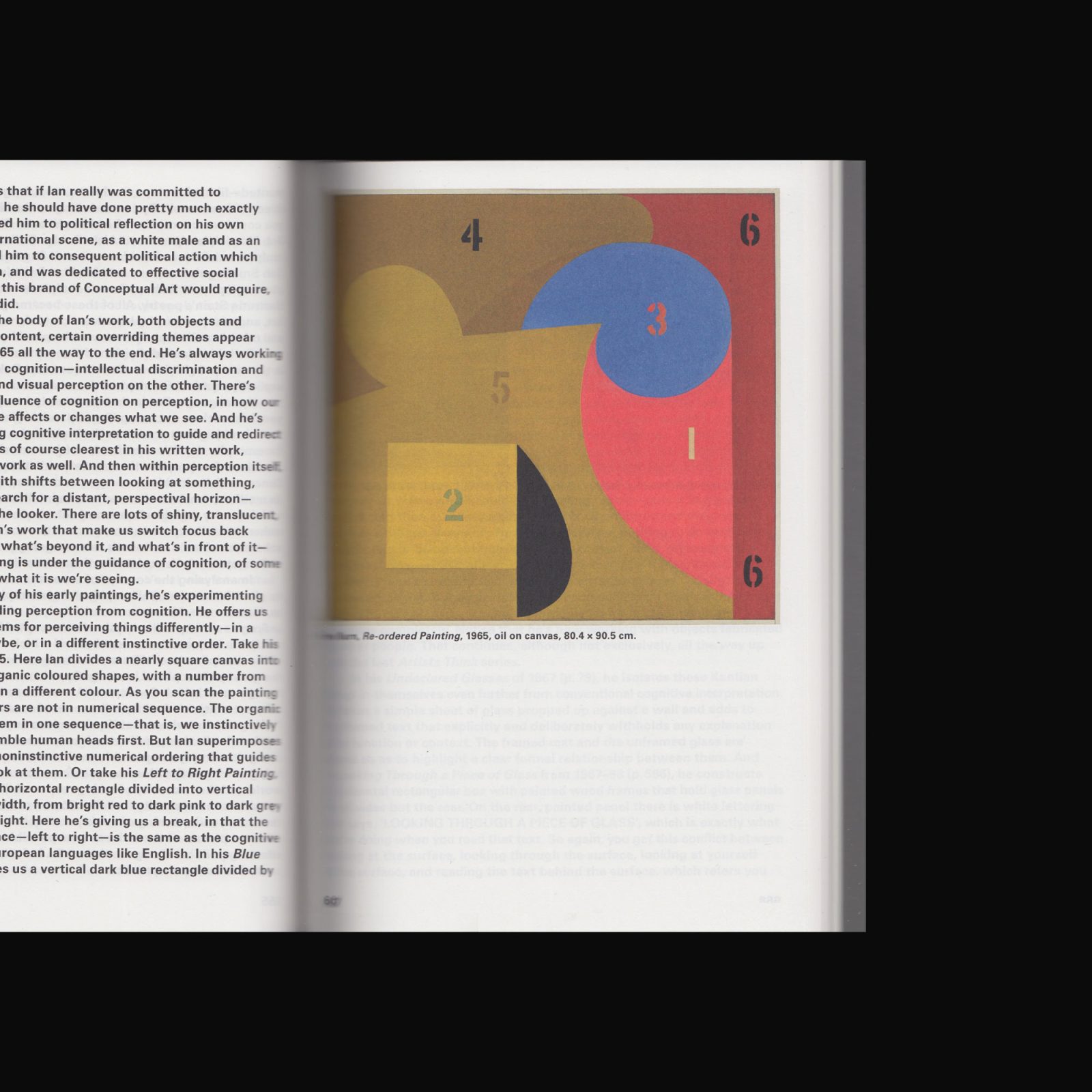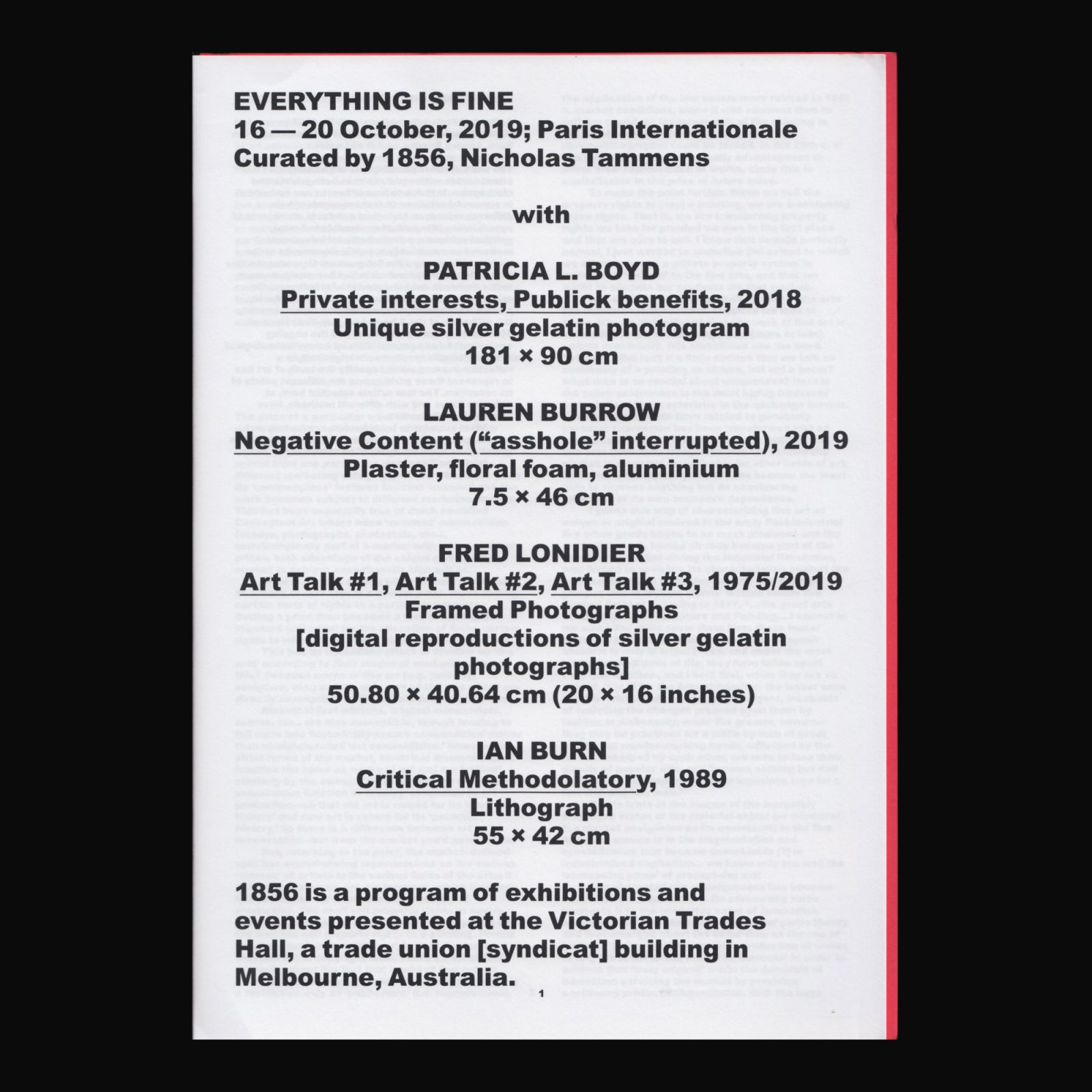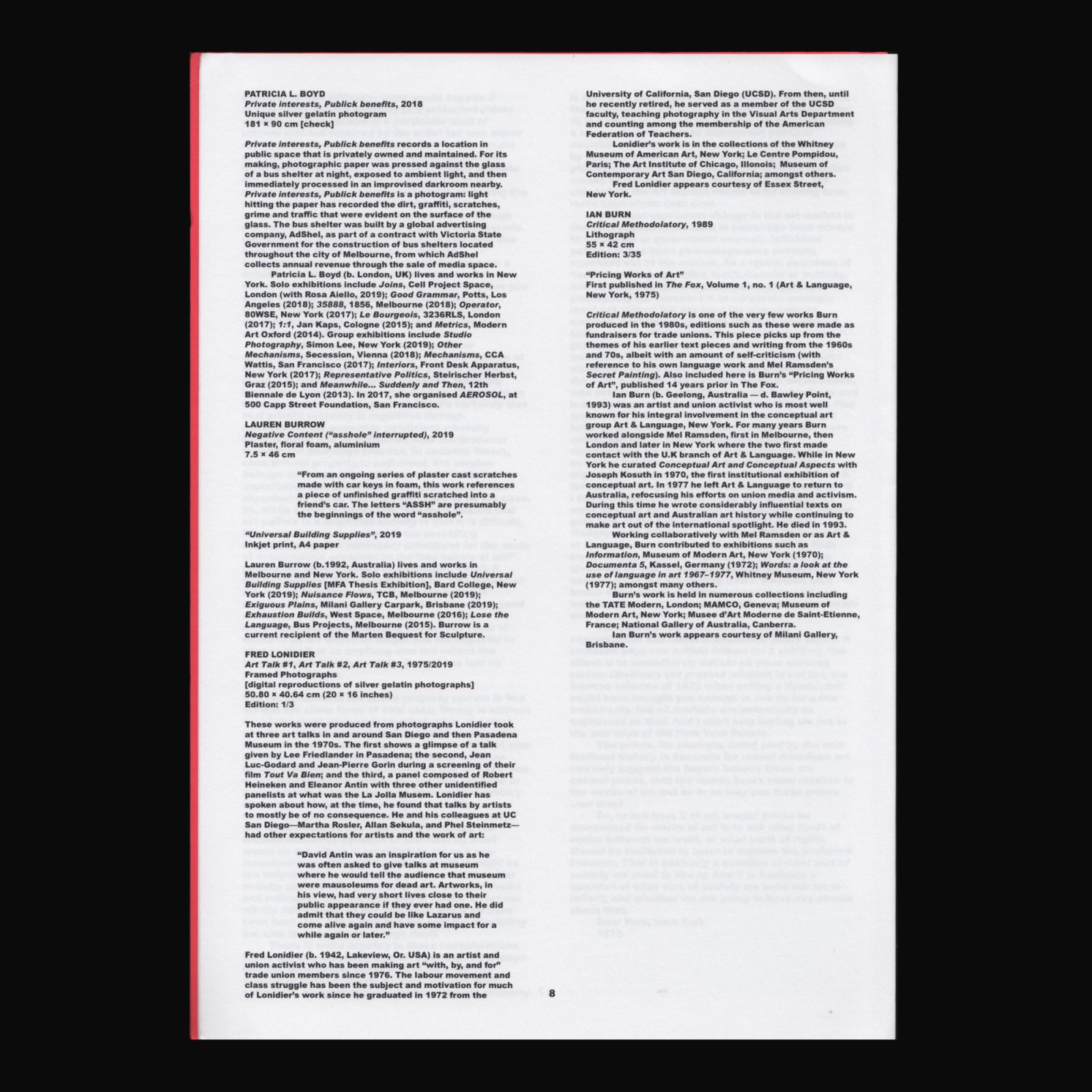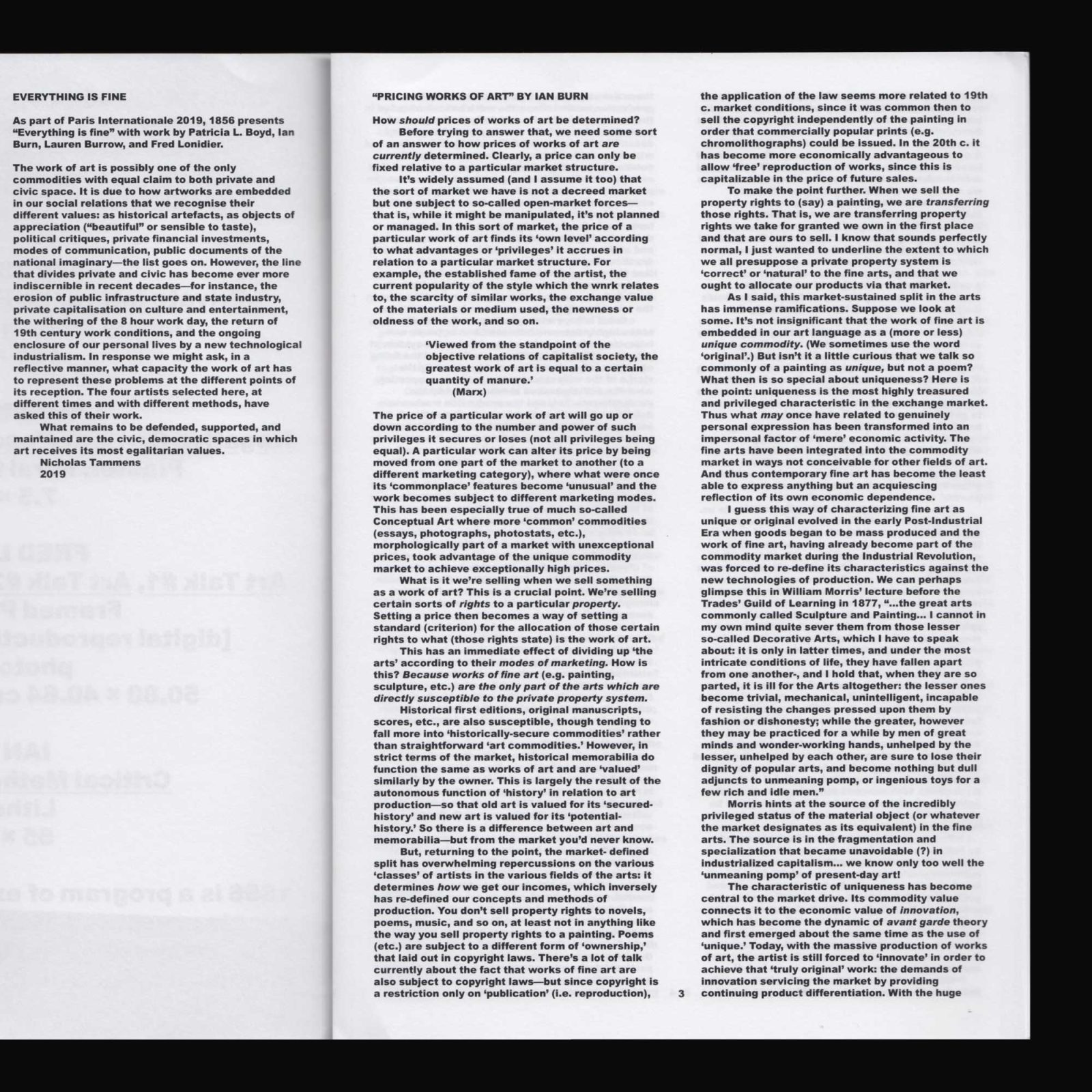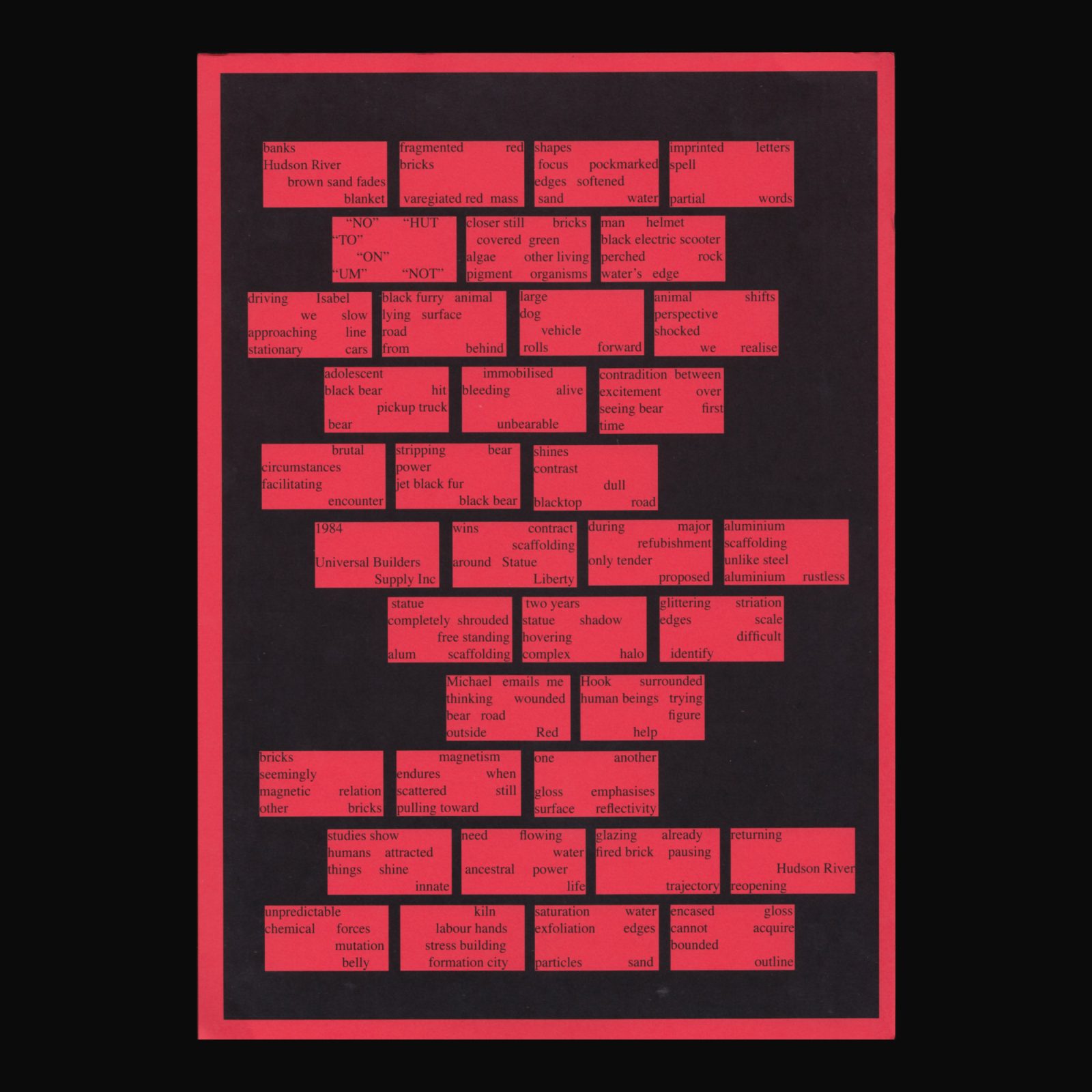This catalogue is the outcome of research into Australian artist Ian Burn’s work of the late 1950s and early 1960s. Grounded in the traditional genres of landscape, still life and portrait, little is known about this early work, yet a substantial collection of it – juvenilia, art school paintings, yearbook cartoons, hinged boxes, paint palettes, still lifes, orientalist prints and more-resides at the artist’s brother Robert’s house in Newtown, Geelong. This material has not been exhibited or reproduced previously and thus expands knowledge of the artist’s oeuvre.
Documented are two exhibitions of Burn’s early work held at Guzzler gallery in 2022 and 2023. The first exhibition rehung his ambitious entry into the 1962 Travelling Scholarship Prize at the National Gallery School, Melbourne, a large Antipodean-esque painting of a bar scene. The second exhibition, comprised of several genre pictures and a drawing exercise, further showcased the humble origins of Burn’s art.
Author: David Homewood
Design: Alexandra Margetic
Photography: Luke Sands
